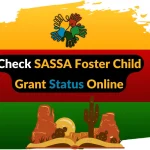Have you ever wondered how students without parents or guardians prove their need for financial aid? The Non-SASSA Declaration Form provides a solution, ensuring vulnerable students aren’t excluded from education funding.
What is a Non-SASSA Declaration Form? (Quick Answer)
The Non-SASSA Declaration Form is an official NSFAS document for applicants without parental or guardian details. Verified by a social worker or school principal, it confirms the applicant’s financial need and supports their application for education funding.
What is a Non-SASSA Declaration Form? Everything You Need to Know!
The Non-SASSA Declaration Form is an official document required by the National Student Financial Aid Scheme (NSFAS) in South Africa. This form is specifically for applicants who are unable to provide details about their parents or guardians. Often, these individuals are orphans, estranged from their families, or lack documented guardianship.
The form acts as proof that the applicant’s financial need is genuine and must be verified by an authorized person, such as a social worker or the principal of the applicant’s last attended school. Without this document, many applicants might face barriers to accessing the financial aid they need for higher education.
Why Is the Non-SASSA Declaration Form Important?
This form plays a vital role in the NSFAS application process for several reasons:
1. Validation of Financial Need
It provides concrete evidence that the applicant cannot rely on parental or guardian support and requires financial assistance.
2. Inclusion of Vulnerable Groups
Orphans, abandoned children, and estranged youth are among the most vulnerable. The form ensures they can still apply for NSFAS funding despite lacking traditional support structures.
3. Prevention of Fraud
By requiring official verification, the form ensures that only those genuinely in need receive funding.
4. Accessibility to Education
For many, the Non-SASSA Declaration Form is the key to unlocking opportunities for higher education, breaking the cycle of poverty.
Who Needs the Non-SASSA Declaration Form?
The form is mandatory for individuals who meet the following criteria:
- Applicants aged 34 or younger who cannot provide parental or guardian information.
- Orphans or individuals estranged from their parents.
- Students who do not receive financial support from the South African Social Security Agency (SASSA).
For these groups, the form serves as the only way to validate their financial need and complete the NSFAS application process.
How to Obtain the Non-SASSA Declaration Form?
Getting the form is straightforward, and there are multiple ways to access it:
1. NSFAS Website
The official NSFAS website (www.nsfas.org.za) has a downloadable PDF version of the Non-SASSA Declaration Form. Applicants can easily find it in the resources or application section.
2. Social Workers
Local social development offices often have access to this form. Social workers can provide guidance on filling it out and verify the applicant’s circumstances.
3. Schools and Educational Institutions
Many schools and universities keep copies of the form for students applying for financial aid. Check with your financial aid office for assistance.
4. NSFAS Communication
In some cases, the form is sent directly to the applicant as part of their NSFAS application package.
Step-by-Step Guide to Completing the Non-SASSA Declaration Form
To ensure the Non-SASSA Declaration Form is completed correctly, follow these steps:
Step 1: Applicant’s Section
- Fill in your full name, ID number, and contact details.
- Explain why you cannot provide parental or guardian information. For example, if you are an orphan, state this clearly.
- Sign and date the form to declare that all the information is accurate.
Step 2: Guardian’s Section (If Applicable)
- If you have a guardian, they must fill out this section.
- They should include their name, contact details, and relationship to you.
- The guardian must also sign and date the form.
Step 3: Verification by an Authorized Official
- A social worker or the principal of your last attended school must verify your circumstances.
- The verifier must provide their full name, position, and contact information.
- They must stamp the form with the official seal of their institution or organization.
Common Mistakes to Avoid
Filling out the Non-SASSA Declaration Form incorrectly can lead to delays or disqualification. Avoid these common errors:
- Incomplete Information
Ensure every field is filled out accurately, especially your personal details and the verifier’s section. - Missing Signatures
Both the applicant and the authorized verifier must sign the form. Missing signatures render it invalid. - Incorrect or Missing Stamps
An official stamp from the verifier’s institution is mandatory. Double-check this before submission. - False Information
Providing inaccurate or dishonest details can result in severe consequences, including disqualification and legal action.
How to Submit the Non-SASSA Declaration Form?
Once completed, the form must be submitted as part of your NSFAS application. Here’s how:
- Online Submission
Upload the completed form through the NSFAS online portal along with other required documents. - In-Person Submission
If your institution requires physical submission, hand in the form to your school or university’s financial aid office. - Email Submission
Some applicants may need to email the form directly to NSFAS or their institution. Check specific instructions provided during the application process.
What Happens If You Provide False Information?
Submitting false or misleading information on the Non-SASSA Declaration Form is a serious offense. Consequences include:
- Disqualification
Your application will be immediately rejected, and you may be barred from applying in the future. - Repayment of Funds
If funding was granted based on false information, you could be required to repay the full amount. - Legal Action
Providing fraudulent information may result in criminal charges, further jeopardizing your future opportunities.
Benefits of the Non-SASSA Declaration Form
The Non-SASSA Declaration Form offers numerous benefits to applicants and institutions alike:
- Ensures Fair Access
It helps students from disadvantaged backgrounds access education funding, leveling the playing field. - Supports Transparency
By requiring official verification, the form reduces fraud and ensures that aid reaches the right people. - Empowers Vulnerable Youth
For orphans and estranged individuals, the form provides a pathway to higher education and better opportunities.
Frequently Asked Questions
Q: What is a Non-SASSA Declaration Form?
It’s an official document required for NSFAS applicants without parental or guardian details, verified by a social worker or school principal.
Q: Who verifies the form?
A social worker or the principal of your last attended school must review, sign, and stamp the form.
Q: Can I download the form online?
Yes, the form is available for download on the NSFAS website in PDF format.
Q: Is official verification mandatory?
Yes, the form is invalid without an official signature and stamp.
Q: What happens if I don’t submit the form?
Failure to include the Non-SASSA Declaration Form will result in your NSFAS application being incomplete and possibly rejected.

My name is Zanele Dlamini, and I write to help people understand their SASSA status and benefits. I share clear and simple information about grants, payments, and requirements to make it easier for South Africans to get the support they need. My goal is to make the process simple for everyone.
Contents
- 1 What is a Non-SASSA Declaration Form? (Quick Answer)
- 2 What is a Non-SASSA Declaration Form? Everything You Need to Know!
- 3 Why Is the Non-SASSA Declaration Form Important?
- 4 Who Needs the Non-SASSA Declaration Form?
- 5 How to Obtain the Non-SASSA Declaration Form?
- 6 Step-by-Step Guide to Completing the Non-SASSA Declaration Form
- 7 Common Mistakes to Avoid
- 8 How to Submit the Non-SASSA Declaration Form?
- 9 What Happens If You Provide False Information?
- 10 Benefits of the Non-SASSA Declaration Form
- 11 Frequently Asked Questions
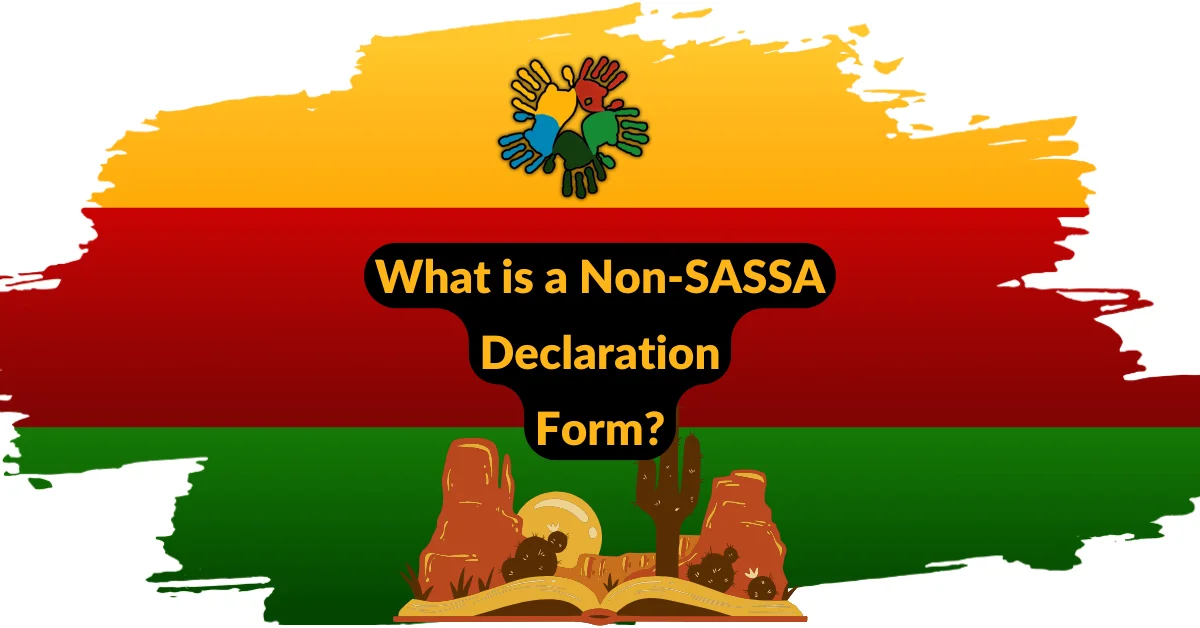
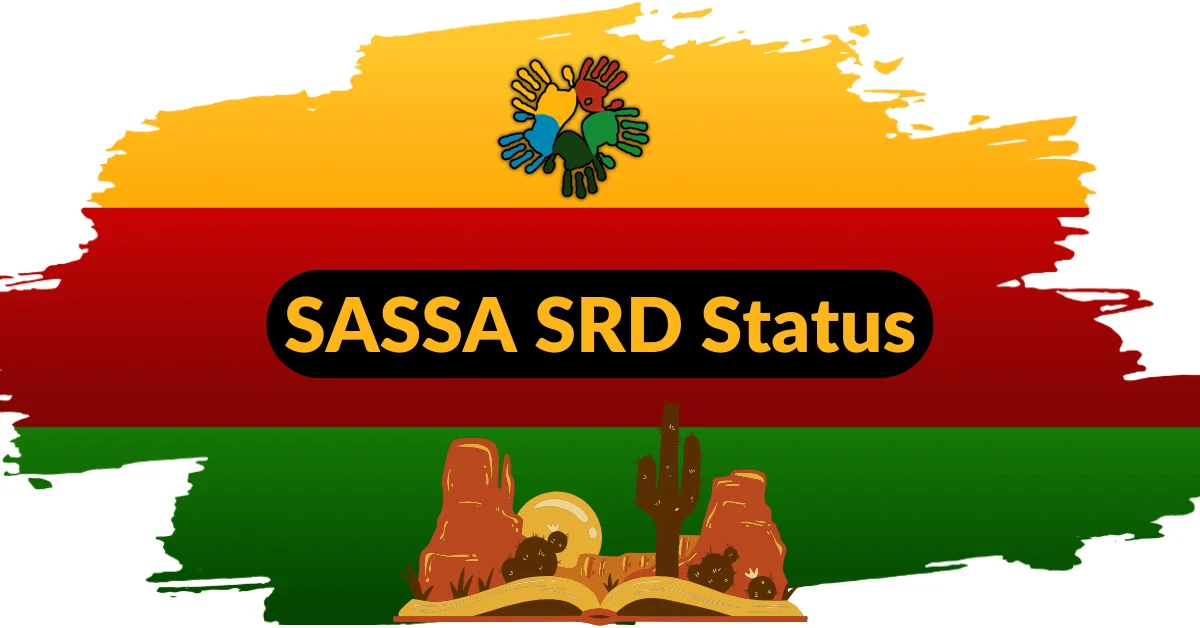
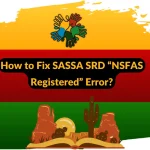
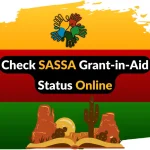
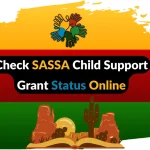
![How to SASSA Change Phone Number for SRD Grant Online? [2025] How to SASSA Change Phone Number for SRD Grant Online? [2025]](https://sassasrdgovza.com/wp-content/uploads/2024/11/SASSA-Change-Phone-Number-for-SRD-Grant-1024x536.webp)
